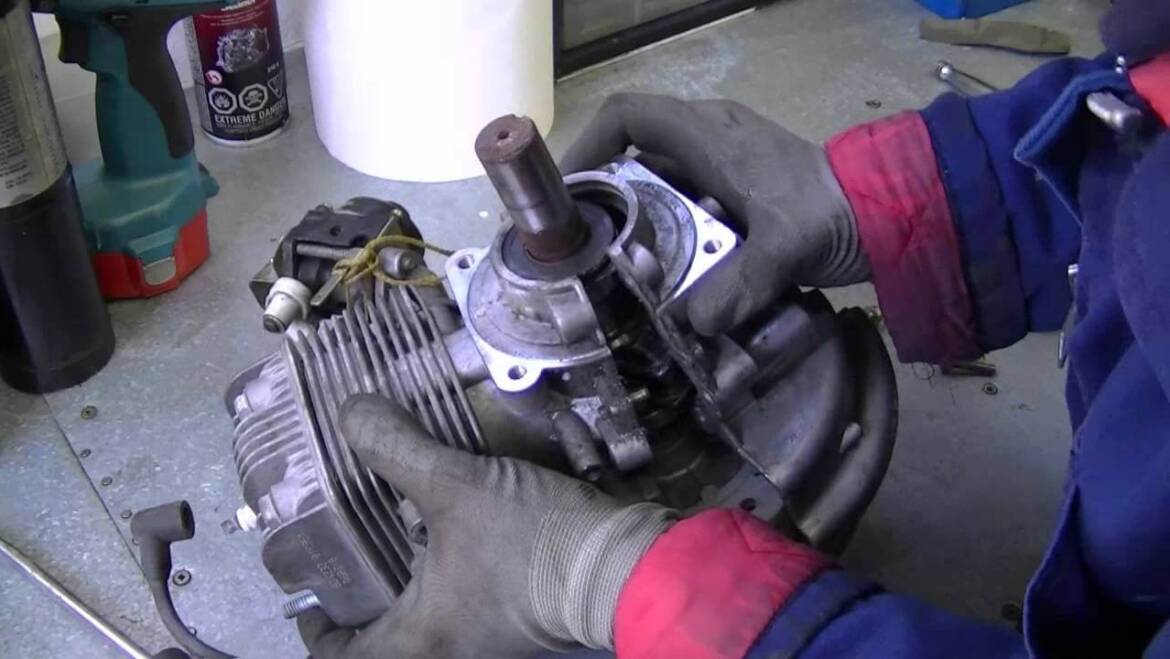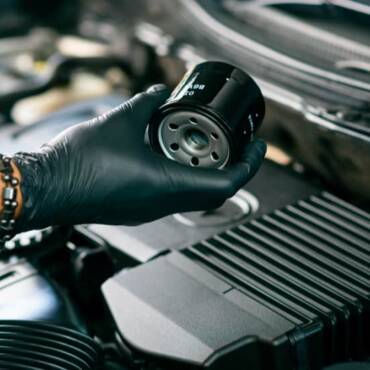The intriguing world of internal combustion engines unveils the simplicity and efficiency of the two-stroke engine. In this article, we’ll explore the working principles, components, and advantages of these engines, shedding light on why they require only two piston movements to generate power.
Working Principle of Two-Stroke Engines:
Two-stroke engines operate on a unique principle where compression and power strokes occur simultaneously. The intake and exhaust processes are synchronized, and facilitated by a valve for the intake stroke. The fuel’s mixture with oil adds a crucial lubricating element, ensuring smoother strokes.
Comparative Analysis with Four-Stroke Engines:
Compared to their four-stroke counterparts, two-stroke engines boast being lighter, more efficient, and cost-effective. The power-to-weight ratio is notably higher, making them ideal for specific applications like motorcycles and lawnmowers.
Definition of Two-Stroke Engines:
Two-stroke engines, also known as 2-stroke engines, find widespread use globally for their simplicity and robust design. Typically running on petrol/gasoline, these engines cater to various small applications, including lawnmowers and motorbikes.
Two-Stroke Engine Components:
Delving into the intricacies, two-stroke engines comprise essential components such as the air-fuel mixture suction port, transfer port, exhaust gas port, crankcase, piston, cylinder liner, spark plug, crankshaft, crank web, connecting rod, and gudgeon pin.
Special Characteristics of Two-Stroke Engines:
Highlighted by a high power-to-weight ratio, two-stroke engines stand out for using lower-grade fuel. However, this efficiency comes with the trade-off of requiring more lubrication and lacking the maneuverability found in four-stroke engines.
Spelling Variations and Engine Ignition:
The terms “2-stroke” and “two-stroke” are interchangeable, representing the same engine. Additionally, the article touches upon the ignition methods, such as spark ignition for petrol/gasoline engines and compression ignition for diesel engines.
Significance of Engine Parts:
Detailed explanations are provided for the roles of key components like the reed valve, transfer port, and exhaust gas port, emphasizing their contributions to the engine’s functionality.
Crankshaft and Connecting Rod Mechanics:
The intricate mechanics of the crankshaft and connecting rod are explored, covering the conversion of motion and the role of the crank web in reducing vibration. Lubrication’s vital role in separating the connecting rod and crankshaft is highlighted.
Gudgeon Pin and Piston Connection:
The article explains the connection between the gudgeon pin and piston, underlining the importance of a thin oil film for effective separation between components.
Advantages of Two-Stroke Engines:
The advantages of two-stroke engines, such as efficient combustion in fewer strokes and a compact design, are discussed. Specific use cases, like motorcycles and lawnmowers, are emphasized.
Fuel Efficiency and Thermal Efficiency:
Insights into the variation in thermal efficiency among models and the conversion of fuel energy to mechanical energy provide a comprehensive understanding of these engines’ performance.
Conclusion
The two-stroke engine stands as a remarkable innovation in the world of internal combustion engines. Its simplicity, efficiency, and specific use cases make it a compelling choice for various applications.




